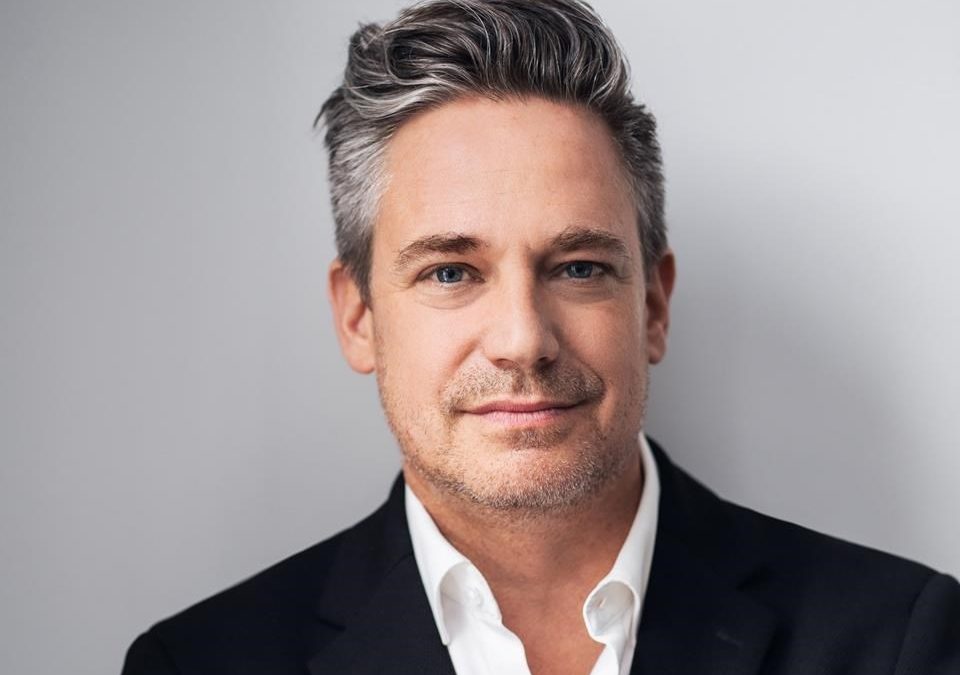The National Gallery of Canada has announced Jean-François Bélisle as its next director and CEO. Bélisle will succeed interim director and CEO Angela Cassie, who has served since June 2022, and his five-year term will start on July 17.
The new leader of the National Gallery of Canada says his first order of business will be “to listen and connect” with staff and the art community as the institution enters a new chapter.
“Stepping out of your own shoes and looking at things differently, I think, is a key element,” Jean-François Bélisle said in recent interview. “And the only way that can happen is if you have more people around the table that confront your ideas, that ask questions, that propose things.”
Most recently, Bélisle served as executive director and chief curator of the Musée d’art de Joliette (MAJ) in Quebec.
Bélisle is stepping into his new role during a transition period at NGC, which received criticism last year by former staff members who suggested a series of departures led to instability at the institution. Others raised concerns about the gallery’s approach to Indigenous art curation and decolonization.
Previous CEO Alexandra Suda left her post last June after three years on the job. The NGC says interim director Angela Cassie is leaving this Friday for a new leadership position in Winnipeg.
When it comes to decolonization, reconciliation and inclusion of marginalized communities in art, Bélisle said it’s not just a priority for the NGC, but for the entire museum sector and beyond.
“It’s also a society-wide priority,” he said. “I’m really proud to be Canadian when addressing those issues because … I travel internationally as well and I think we’ve made a lot of headway in Canada. There’s tons of work to be done, but I think we’ve made a lot of headway compared to most other countries.”
Bélisle said he’s always been “highly motivated” by the idea of “building bridges” across Canada, and he thinks the country’s vast geography can sometimes hinder collaboration and exchange of ideas between artists in different provinces.
“I think the National Gallery is ideally positioned to play a role in there, to increase and enhance the level of dialogue between artists of different geographical areas and art institutions and cultural venues … to foster the national arts scene,” he said.






